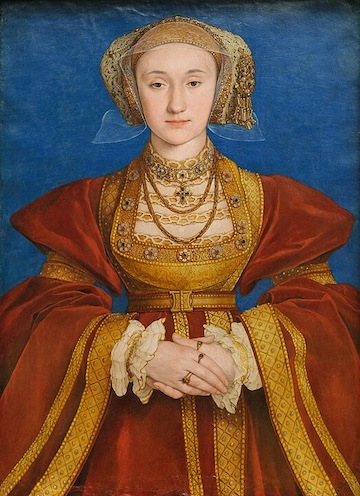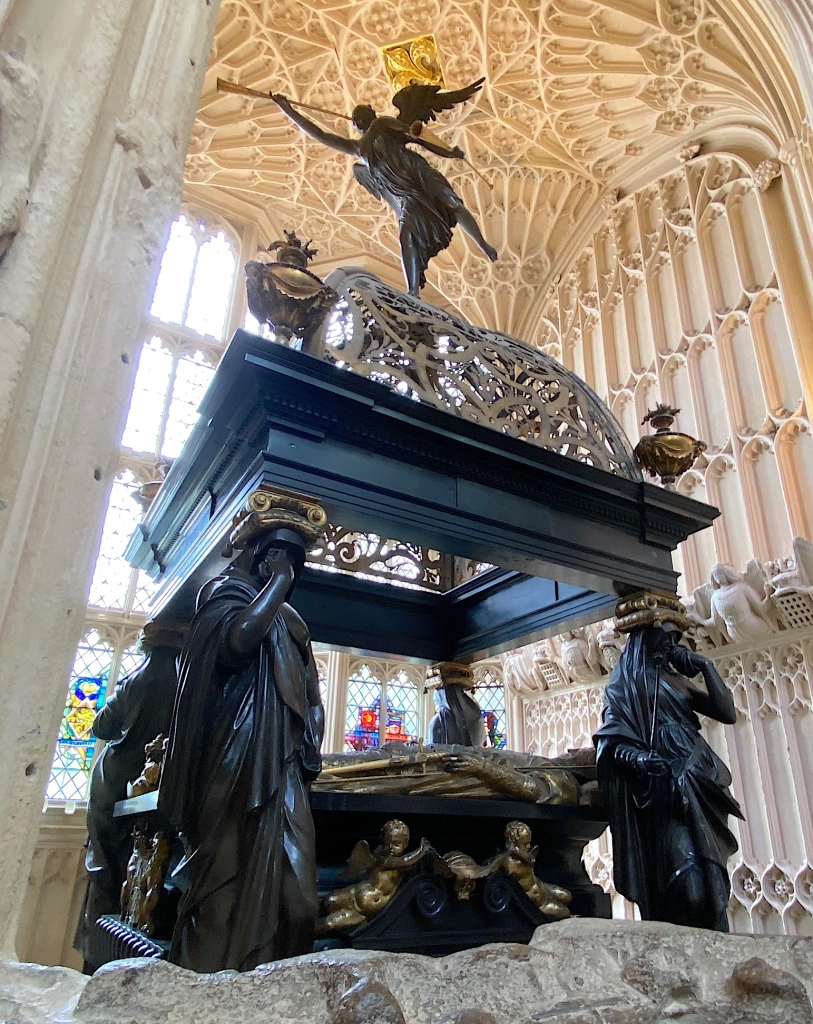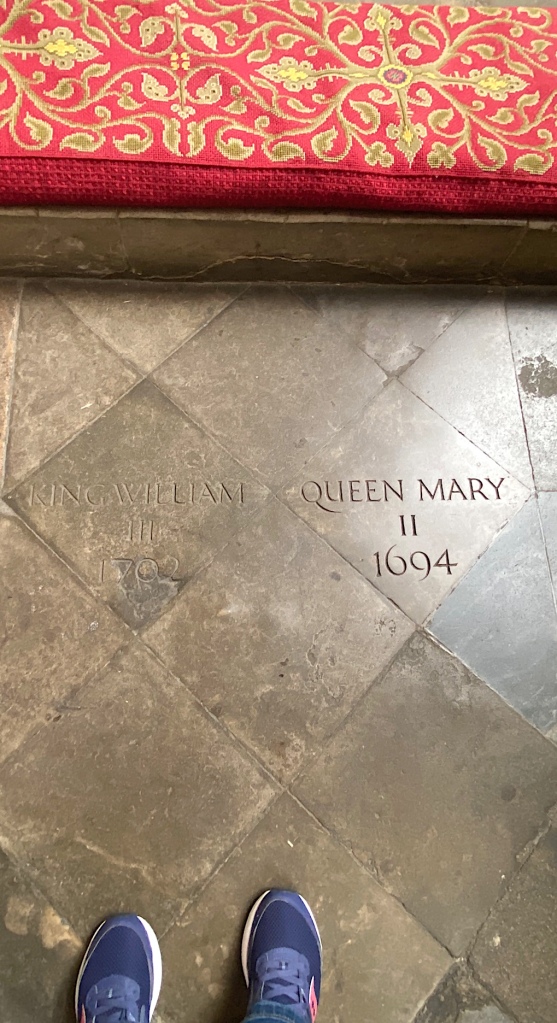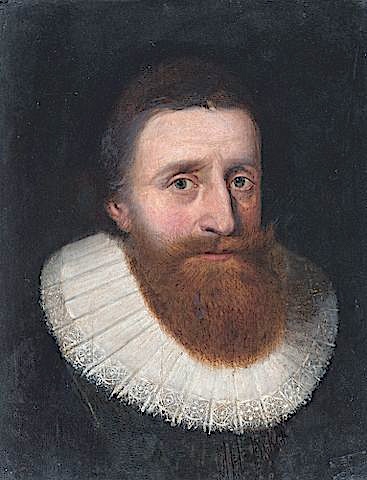It’s hard to believe a year has already passed since we visited Westminster Abbey in June 2023. But as I’ve been working on this series, it’s brought back some wonderful memories and stirred up new observations.
Last time, I showed you the grand monument to Mary, Queen of Scots and shared the story of her tragic life. Having your death ordered by your cousin is not something most of us (fortunately) will ever have to face. Despite doing nothing to prevent his mother’s death, James I later ordered the construction of one of the finest memorials in Westminster Abbey to be created for her.
Not every king and queen (or prince) got the “royal” treatment at Westminster Abbey.
King William III and Queen Mary II
I mentioned in an earlier post that when you’re at Westminster Abbey, you can look down and realize that you’re possibly standing on someone important. That happened when I was near the tombs of King William III and Queen Mary II, who served jointly in the late 1600s. Unlike other monarchs, William and Mary are only marked by stones in the floor of the Triforium of the Lady Chapel.

William was the only child of William II, Prince of Orange and Princess Mary, eldest daughter of Charles I of England. He was born in Holland on Nov. 4, 1650, a few days after his father’s death.
English authorities did not want any son of the Roman Catholic James II to become king, so in 1688 they asked William to come to England and march against James to take the throne, and reign jointly with his wife, Mary (whom he wed in 1677). However, before William reached London, James fled to France and his abdication was declared.
William III and Mary II were crowned as joint monarchs in the Abbey on April 11, 1689, the first time this had happened in England. They had no children, the throne passing to Mary’s sister Anne. Mary died in 1694 at age 32. William died in 1702 at age 51.
I thought you might find Westminster Abbey’s web site take on William’s death interesting:
His death on 8th March 1702 was caused by a fall from his horse which had stepped in a mole-hill. The ‘little gentleman in black velvet’ (the mole) was therefore praised by his enemies. In contrast to his wife’s funeral his was private and simple, at the monarch’s own request. But there was a long carriage procession from Kensington Palace. William was buried with his wife in a vault beneath the south aisle of Henry VII’s Lady Chapel, not far from his mother’s grave. Although a monument was designed for the couple it was never erected.
Anne of Cleves
As the only one of Henry VIII’s six wives interred inside Westminster Abbey, you might think Anne of Cleves received a monument befitting her status. But she did not.
Of Henry’s many spouses, he was wed to Anne of Cleves the shortest amount of time. It lasted from January 1541 to July 1541 when its annulment was completed. As his fourth wife, Anne was born in 1515 in Germany and was the second daughter of John III of the House of La Marck, and his wife Maria, Duchess of Jülich-Berg.

Despite the brevity of their marriage, Anne came out better in the end than her fellow wives. Having left her homeland knowing no English and little of the country she would spent the rest of her life living in, Anne took to it fairly well.
As former queen, she received a generous settlement, including Richmond Palace, and Hever Castle, home of Henry’s former in-laws, the Boleyns. Anne of Cleves House, in Lewes, East Sussex, is one of many properties she owned, although she never lived there.
Anne was invited to court often and, out of gratitude for her not contesting the annulment, Henry decreed that she would be given precedence over all women in England save his own wife and daughters.
I’ve read differing accounts on whether or not she wished to return to Germany after Henry’s death. In the end, she ended up spending the rest of her life in England.
When Anne’s health began to fail, her former stepdaughter Mary allowed her to live at Chelsea Old Manor, where Henry’s last wife, Catherine Parr, lived after her remarriage. Anne died there on July 16, 1557. The most likely cause of her death was cancer. Passing away 10 years after Henry VIII, Anne was the last of his wives to die.
Mary ordered her burial in the Abbey, and the funeral held on Aug. 4, 1557 was conducted according to Catholic rites as Anne wanted. She lies on the south side of the High Altar and her monument is a low stone structure of three sections with carvings showing her initials AC with a crown, lions’ heads, and skulls and crossed bones. It was probably made by Theodore Haveus of Cleves but was never finished.
The tomb’s location is within the area of the sanctuary where the coronation service takes place and is therefore not accessible. For that reason, I only saw what you see in the photo above, which wasn’t easy to find at that because it’s in between two massive monuments for other people. Not exactly what you’d expect for a queen.
Prince Edward VI
King Edward VI (1547-1553) was the son of Henry VIII and his third wife, Jane Seymour. Born on Oct. 12, 1537, Edward’s mother died 12 days later at Hampton Court Palace. A healthy baby, Edward VI was well educated but tended to be sickly.
He succeeded his father when he was only nine years old and was crowned in the Abbey on Feb. 20, 1547. Since he was a minor, a Regency was created and his uncle, Edward Seymour, later Duke of Somerset, became Protector.
Edward died of tuberculosis at age 15 at Greenwich Palace on July 6, 1553. According to John Foxe’s account of his death, his last words were: “I am faint; Lord have mercy upon me, and take my spirit”.
Edward was buried in the Henry VII Lady Chapel at Westminster Abbey on Aug. 8, 1553. But no grand memorial marked his grave for hundreds of years. That was not remedied until the 1960s. I find that a genuine pity considering he was indeed king for part of his life.

Edward’s burial place was unmarked until as late as 1966, when an inscribed stone was laid in the chapel floor by Christ’s Hospital School to commemorate its founder. I just happened to look down and see it. Rest in peace, Edward.
Diplomat and Royal Cousin Ludovic Stuart
By contrast, you don’t have to be royal to manage a jaw-dropping sized monument in your honor. When I saw the one for Ludovic Stuart and his family, I thought he certainly had to be royal to merit something so grand. While he wasn’t a king, he did have royal ties.
Ludovic Stewart, second Duke of Lennox and first Duke of Richmond (1574–1624) was a Scottish nobleman who through his paternal lines was a second cousin of King James VI of Scotland and I of England. He was involved in the Plantation of Ulster in Ireland and the colonization of Maine in New England.
He held a number of titles over his lifetime, including lord high admiral, member of the English privy council, ambassador to Paris (1604–1605) and high commissioner to the Scottish Parliament (1607). In 1623, he was created Duke of Richmond.

Although Ludovic was married three times, he only had one legitimate child and that was a daughter with his second wife. He died suddenly in bed in his lodging at Whitehall Palace on Feb. 16, 1624 at age 49. His third wife, Frances, died in 1639 and is interred with him.

The Westminster Abbey web site describes the Stewart monument like this:
He has a very large monument of black marble and bronze by sculptor Hubert Le Sueur which fills the small chapel. Gilt bronze recumbent effigies of the Duke and Duchess hold hands; he is wearing plate armour, coronet, mantle and collar of the Order of the Garter and carries a wand, while wife Frances wears a ruff, stomacher and coronet. At his feet is a bull’s head and at hers is a chapeau with a couchant lion. At each corner of the tomb are large bronze life size figures representing Hope, Truth, Charity and Faith, acting as caryatides, supporting the domed open-work bronze canopy, with vases at each corner and a figure of Fame on the top. It was repaired and restored in 1875.
To say that the Stewart monument is mind blowing (to me), is an understatement. There’s quite a lot going on here.
Then you’ve got this angel on the top holding a trumpet.
There’s still much to discover at Westminster Abbey so I’m not done just yet!







